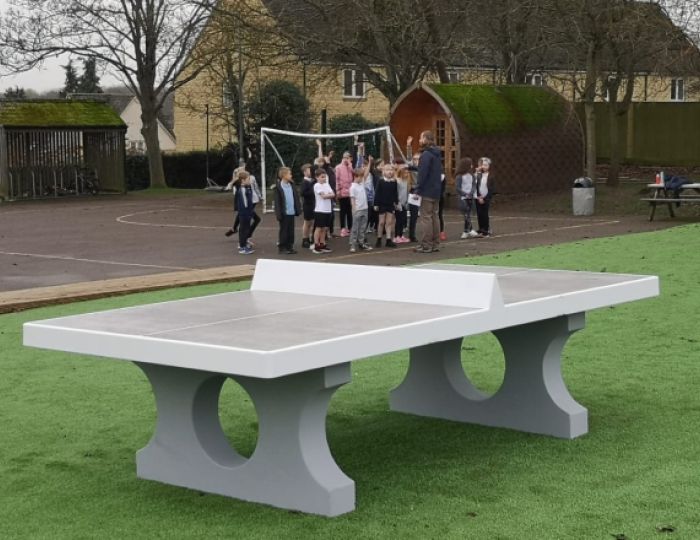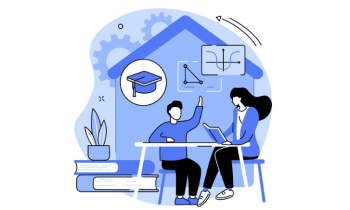There’s a growing sense among school leaders that no matter how hard they work, it’s increasingly difficult to achieve improvement.
Combine that with pressures to deliver more for less, and contradictory education policies, and the result is that those working in schools are being faced with increasing complexity – which, over time, will likely lead to increasing frustration and a sense of impotence.
Exacerbating the situation yet further have been huge changes to the context in which schools work. See the increasing polarisation of society (rich and poor, north and south); the growth of virtual relationships and communication; environmental factors, such as the implications of climate change, and changes in employment.
These factors are in turn framed within the context of increasing life expectancies, meaning that schools are educating young people today who will still be alive and well come the end of the century. The leadership challenge is therefore how to balance managing current complexity against leading long-term change.
Three horizons
There are many aspects to this that are beyond the control of individual schools, of course, but there is still scope for schools to rethink their policies and working practices in a way that enables them to better respond to current complexities and the increasingly uncertain world of tomorrow. We’ve been working with the Schools of Tomorrow programme to explore practical ways of addressing this challenge.
A helpful analogy to understand what’s happening can be borrowed from the energy industry. According to Andrew Curry and Tony Hodgson (1), the challenge of achieving a sustainable energy supply can be conceptualised using the lens of three different horizons. The first horizon represents the way we generate and use energy at present. It’s inefficient, damaging to the environment, short-term, and ultimately unsustainable. We’d argue that this is equally true of school improvement today.
A third horizon represents the outlook of those who understand these limitations and are trying to create alternative, viable, sustainable solutions to meet future needs.
In energy terms, these might include solar and wind power, hydrogen cells, biofuels and changing consumption patterns. Such solutions will be experimental, not yet proven, or perhaps even contradictory.
Certainly none will have been built to scale or fully tested. Nevertheless, at some point a new way forward will emerge from this experimental cauldron to supersede the unsustainable status quo.
Between the two lies the second horizon. This is the space in which leaders try to navigate between the failing, unsustainable present and an as yet uncertain and unrealised future, in order to create a meaningful way forward for their organisation – or in the case of schools, those in their care.
A big difference between running a school and a running an energy business is the fact that what school leaders do and how they do it directly shapes individual lives now, while also impacting on the futures those individuals create for themselves. So what might this look like in practice?
- Schools becoming more efficient and effective in terms of their existing management and leadership structures (leading in the first horizon)
- School leaders developing the confidence to focus more on long term, strategic development (leading in the third horizon)
- A school seeking to gradually move away from its current situation, and towards a different way of working that does more to anticipate future needs (learning to lead in the second horizon)
Developing a recipe
Based on our study over time of school leaders working with the Schools of Tomorrow Fellowship, schools that are successfully leading in the second horizon tend to possess the following characteristics and attributes:
Clear values and personal authenticity
Second-horizon leaders work with explicit values that guide their decision-making and demonstrate authenticity through personal integrity and consistency.
Quality relationships
The school is emotionally literate, maintaining high-quality relationships work through mutual respect, high levels of trust and open communication and involvement.
Understanding of complexity and sensitivity to context
Leadership and governance recognise the conflicting demands placed on schools to develop strategies that can accommodate contradiction and imposed change, while also prioritising the demands of their context and their implications.
Frequent collaborations
Demands for change are responded to via interdependent partnerships within the school, between schools, across MATs and LAs, and crucially, with families and communities. The prevailing culture is very much ‘All for one and one for all’.
Willingness to build community capacity
The school is seen primarily as a community, working in partnership with other communities through shared norms and values, open communication, trust and shared learning. This community is inclusive, and confident in responding to internal tensions and imposed demands.
Regular working through loose-tight relationships
Leaders achieve a consistent and sensitive balance between non-negotiables and opportunities for choice through various partnerships across the school. The emphasis is on maximising the loose whenever possible and appropriate.
These six characteristics shouldn’t be seen as different offerings from a menu, but rather the components of a recipe to be used in varying proportions according to the situation at hand.
Mutual reinforcement
The problem with many approaches to school improvement is that they involve a piecemeal and incremental approach. The Schools for Tomorrow approach works through an interdependent and mutually reinforcing strategy that employs a four-quadrant framework for school purpose and quality.
Each component is enhanced through interaction with the others, and so becomes embedded across all dimensions of a school’s work and life. To quote one of the headteachers involved, “This journey has got a vision, but we’re having to modify as we go along. You try something and it doesn’t work. It’s a bit like evolution, sometimes appearing haphazard. But we’re not just changing as a result of chance or external pressure, but because of reflection on our journey and learning.”
Whatever the impact of short-term political policy making, we believe that there’s the possibility to begin exploring new ways of leading and governing schools, based on what we’ve seen demonstrated by the second-horizon leaders involved in Schools of Tomorrow.
A 6-point plan for leading change
- Ensure that your school’s values are regularly on the agenda and monitored to ensure that they’re made concrete in the life of the school
- Work towards school policies and practice that are evidence-based
- Build rich networks for sharing intelligence and successful innovations
- Focus on school-based professional learning and development
- Develop wellbeing and resilience for the whole school community
- Build leadership capacity
Malcolm Groves, Andrew Hobbs and John West-Burnham are the authors of Leadership for Tomorrow – Beyond the School Improvement Horizon, available now from Crown House Publishing.










